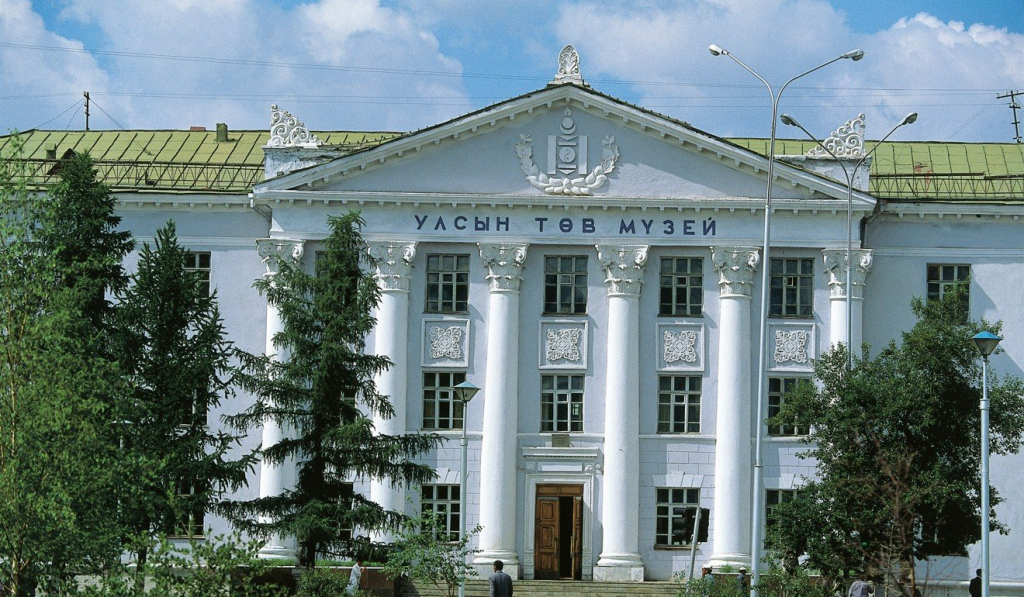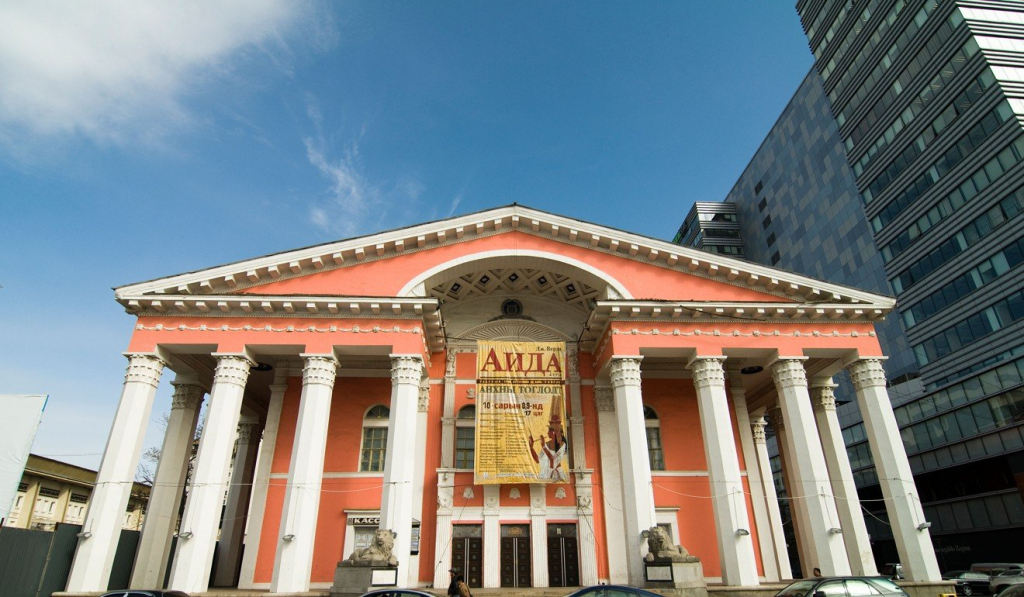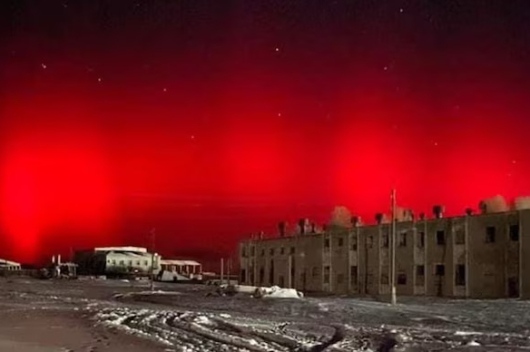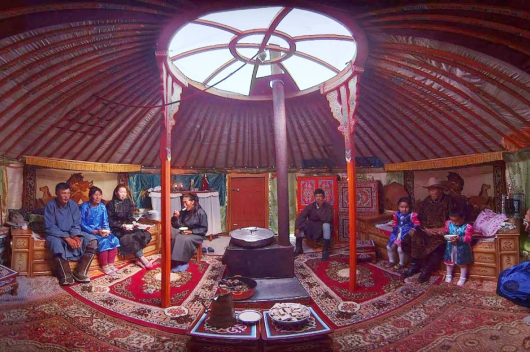On 7 October, Mongolia’s Victims of Political Persecution Memorial Museum was demolished. The museum was housed in one of Ulaanbaatar’ss oldest buildings, a small, brown wooden house in the centre of the city, which stood in contrast to the high-rises surrounding it. The structure was once home to former Prime Minister Genden, who in 1937 was taken to Moscow, Russia, and executed for his refusal to comply with Joseph Stalin’s mandate to purge the country of its religious leaders, intellectuals, political dissidents, and ethnic minorities. With Genden out of the way, Stalin ordered the massacre of an estimated 20,000 to 35,000 Mongolians. Until last Monday, the museum told their stories.
As News.Mn has reported, the structure of the old building was unsound. The whole of Prime Minister Genden’s house is to be rebuilt ‘inside’ a new high-rise block to be constructed on the site.

As the parliament began its autumn legislative agenda, the government budget for the year revealed several line items financing the demolition of the city’s Natural History Museum, Opera and Ballet House, Drama Theatre, and Central Library. The Natural History Museum is expected to be demolished first, on 30 October. The buildings set for demolition are some of the city’s most beautiful.
While recent years have brought the growth of high-rise developments and cement flat blocks, these endangered historic buildings have Grecian-style pillars set against ornate and brightly coloured facades. The interior of the Drama Theatre is filled with chandeliers, arched doorways, and elaborate floor tiling. A night out to the ballet is also a treat – the beautiful interior and world-class performances draw tourists and residents alike.
The buildings were constructed according to an urban plan; they surround Sukhbaatar Square – the city’s central gathering point – and each is a short walk from the government palace. They represent a time of transition in Mongolia’s history. While under Soviet influence, Mongolians planned a city centred around culture and knowledge.
The Mongolian government has justified their decision by explaining that the buildings are architecturally unsound and could be susceptible to seismic activity. They have attempted to assuage citizens’ outcry by promising to rebuild the museum in a similar design in a location in the far southern portion of the city, notably in an area that is meant to be an undeveloped nature preserve. If the museums are rebuilt there, reaching them from the downtown area is likely to mean long hours of sitting in traffic, which will make cultural activities less accessible and is likely to dissuade potential visitors.

Citizens began raising awareness about the scheduled demolitions at the end of September by hosting daily sit-ins outside the Natural History Museum. Musicians have come to play songs to the assembled crowds, and artists have set up easels to sketch the building. Protesters acknowledge that the buildings are in need of repair. The condition of the Natural History Museum, which closed five years ago, has since deteriorated. However, the other buildings are operational and are in better condition. Protesters are urging the government to use the money that it has promised for demolition and reconstruction to instead renovate the buildings.
Ulaanbaatar’s history as a capital city is unique. It was established in 1639, but not in the way that most cities in the world at that time were. Because the Mongols were nomadic, the city, then named “Urgoo”, was a mobile monastery town, its location changing as its residents picked up and moved their traditional tents, or gers, in tandem. In 1778, the town settled in its current location in the valley below the Bogd Khan mountain where the Tuul and Selbe rivers run parallel. In 1924, after the city came under the control of Soviet Russia, it was renamed Ulaan Baatar, meaning “red hero”. The oldest surviving ones were only built in the early 1900s. The buildings slated for destruction were built from the late 1940s to early 1960s, making them some of the city’s oldest and most beautiful. (source: South Morning China Post)
 3,376.74
3,376.74












Related News